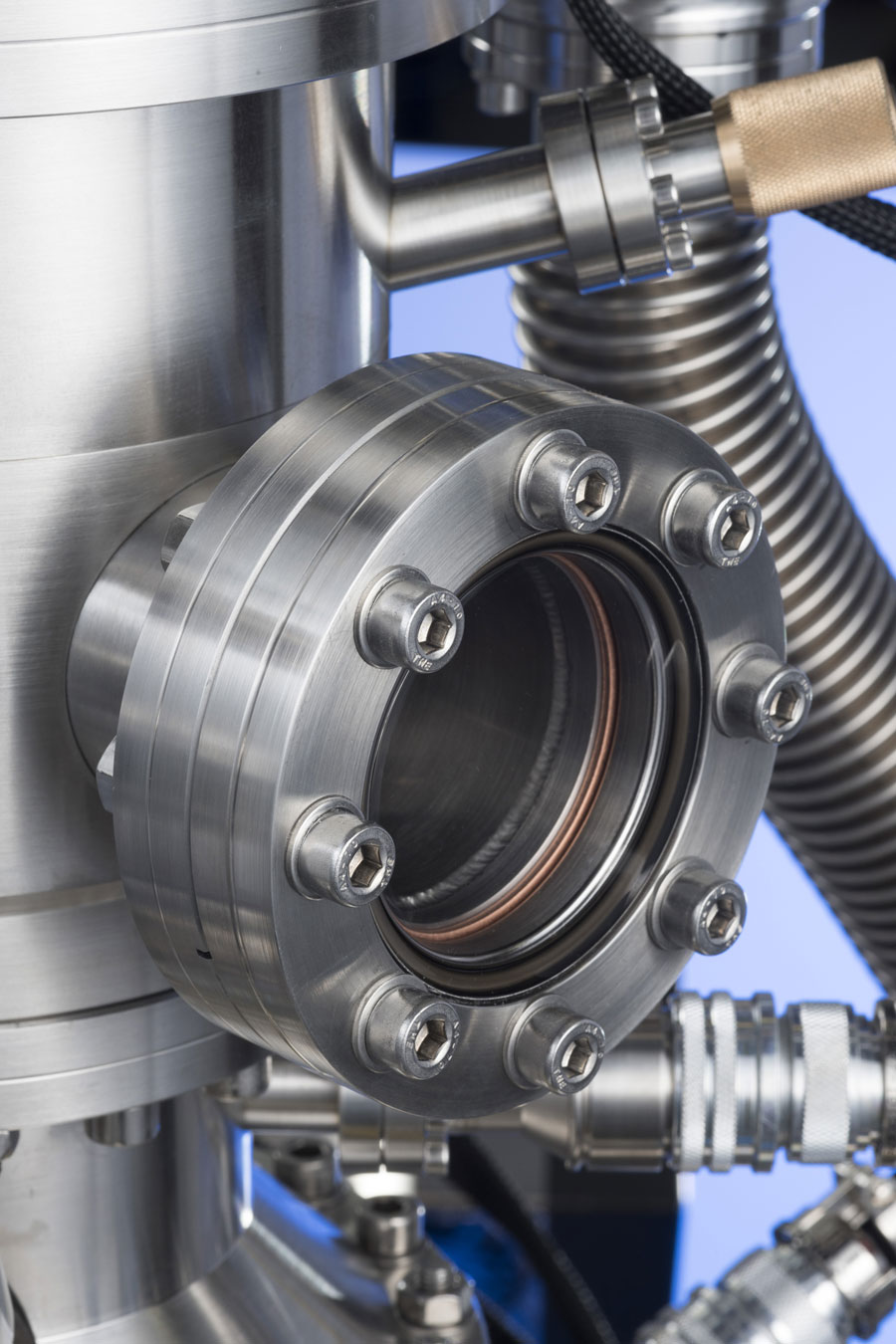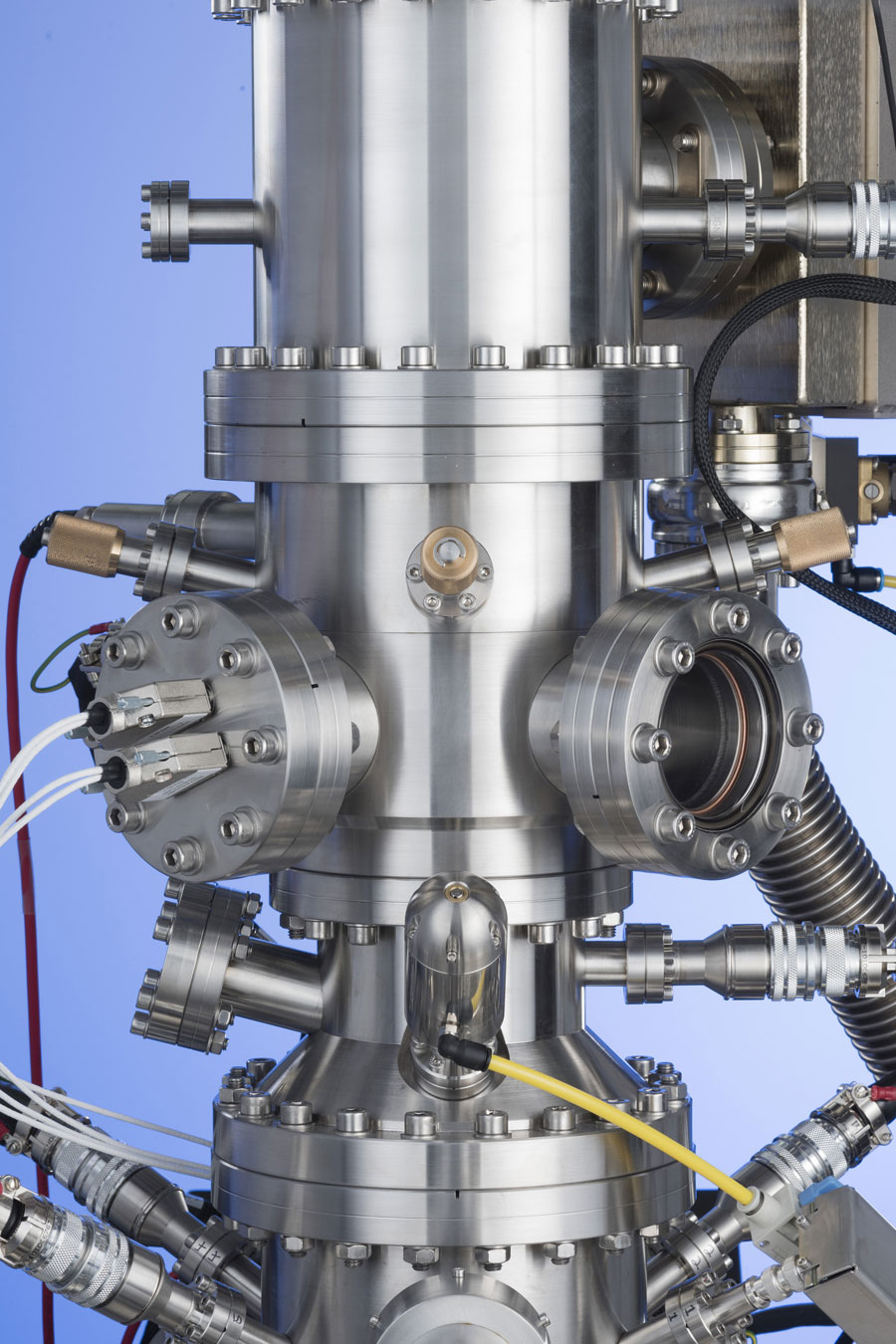Techniques
INNOVATIVE METHODS
Techniques
At Ionoptika, we are at the forefront of Ion Beam technology, providing cutting-edge systems and instrumentation that drive innovation across diverse scientific fields, including biomedical research, quantum computing, and materials science. Our portfolio encompasses a wide range of sophisticated techniques, each leveraging the power of Ion Beams to achieve precise and insightful results.

UNPARALLELED SENSITIVITY AND 3D MOLECULAR IMAGING
Time-of-Flight Secondary Ion Mass Spectrometry
(ToF SIMS)
Our J Series III Cluster SIMS instrument represent a cornerstone in surface analysis, offering unparalleledsensitivity, depth profiling and Z resolution. This technique can generate detailed chemical maps of sample surfaces, which is essential for a broad spectrum of applications, from fundamental research to quality control.
How does it work?
The ToF SIMS process involves a focused beam of primary ions bombarding a sample surface, leading to the emission of secondary ions. These secondary ions are then analysed by a time-of-flight mass spectrometer, which measures their mass-to-charge ratio by timing their flight to the detector. The result is a precise chemical characterisation of the sample’s surface.
Find out more about the techniques behind our J Series III Cluster SIMS
EFFECTIVE ACROSS SECTORS
Ion Implantation
Ion Implantation is a technique that allows us to alter the properties of materials at a microscopic level. By accelerating ions and implanting them into a target material, researchers can modify properties such as conductivity and hardness, which is pivotal in fields like semiconductor manufacturing and materials science.
What is ion implantation?
Typically, the process involves three main components: an ion source, an accelerator, and a target chamber. Ions are generated in the source, accelerated to high energies, and then directed to the target, where they alter the material’s properties.
Our Q-One system exemplifies the advancement in this field, offering the capability to carry out single ion implantation with exceptional precision, a critical feature for developing quantum devices and other high-tech applications.
Find out more about ion implantation techniques.


ACCURATE AND RELIABLE RESULTS
X-Ray Photoelectron Spectroscopy (XPS)
XPS analysis enables us to study the elemental composition and chemical state of material surfaces. By irradiating a sample with X-rays, XPS ejects photoelectrons from the surface. Then, their kinetic energy is measured to provide detailed compositional data.
How does it work?
XPS operates under ultra-high vacuum conditions to prevent contamination and advanced Ion Beam techniques are used to clean the sample surface before analysis. Our Ion Beam solutions are integral to preparing surfaces for XPS analysis, ensuring accurate and reliable results. This includes the use of Ion Beams for photoelectron spectroscopy to remove contaminants and improve data quality.
Find out more about our XPS techniques.
HIGH-RESOLUTION ANALYSIS
Electron Microscopy
Electron Microscopy, encompassing both Scanning Electron Microscopy (SEM) and Transmission Electron Microscopy (TEM), offers incredible resolution and imaging capabilities. Electron microscopy is essential for analysing materials and biological specimens at the nanoscale and atomic levels.
How can Gas Cluster Ion Beams help?
One of the most exciting developments in this field is Gas Cluster Ion Beam Scanning Electron Microscopy (GCIB-SEM). This technique combines high-resolution electron imaging with low-impact gas cluster ion milling to achieve exceptional 3D tomography with sub-10nm resolution. Our GCIB 10S system, mounted on a Zeiss Ultra SEM, is a prime example of this innovation, providing detailed 3D datasets for research applications such as brain mapping.

